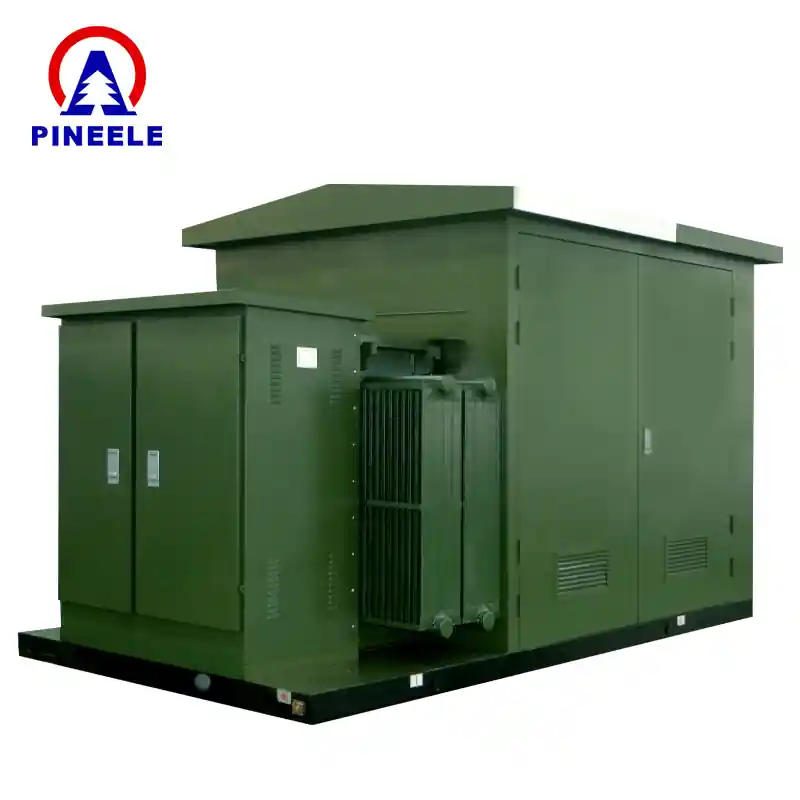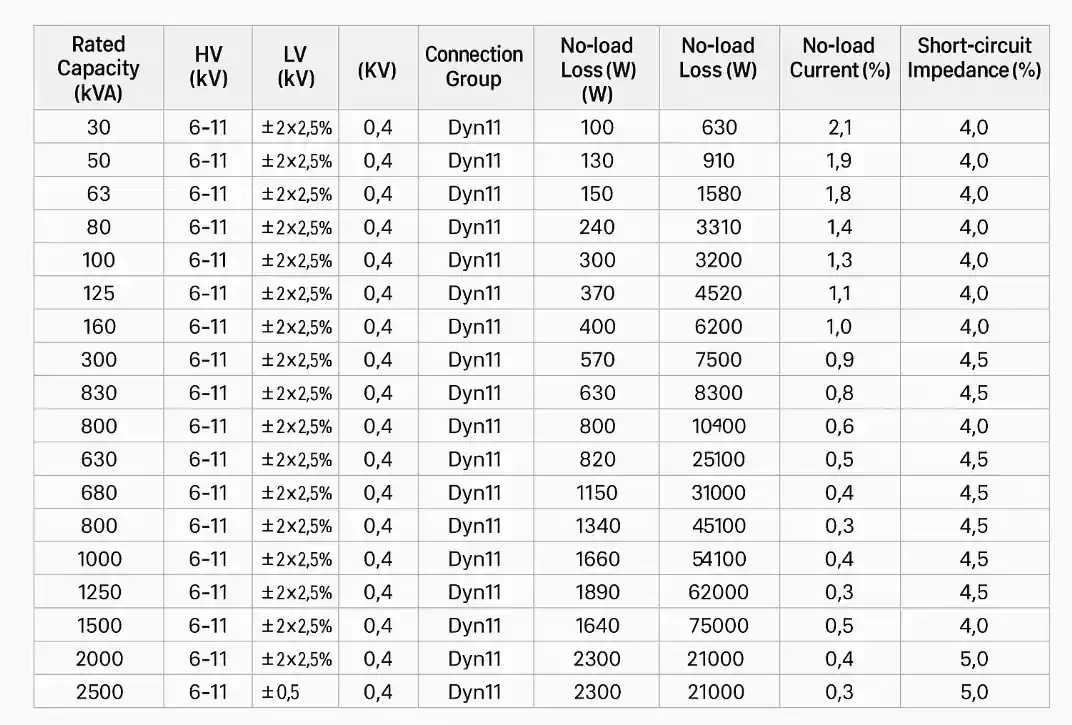A substation and a compact substation are both electrical power equipment installations, but they differ in size, complexity, and application. A substation is a larger facility that houses multiple electrical equipment, such as transformers, switches, and circuit breakers, to regulate and transform high-voltage power for distribution to the grid. In contrast, a compact substation is a smaller, self-contained unit that combines essential equipment into a single, compact package, making it ideal for smaller-scale power transmission and distribution projects.

A substation and a compact substation are both electrical infrastructure components, but they differ in size, complexity, and functionality. A traditional substation is a large facility that houses electrical equipment, such as transformers, switchgear, and circuit breakers, to step up or step down voltage levels. In contrast, a compact substation is a smaller, self-contained unit that combines multiple functions, like voltage transformation and switching, into a single, compact package. This design makes compact substations ideal for remote or limited-space applications, offering a more efficient and cost-effective solution for power distribution.



